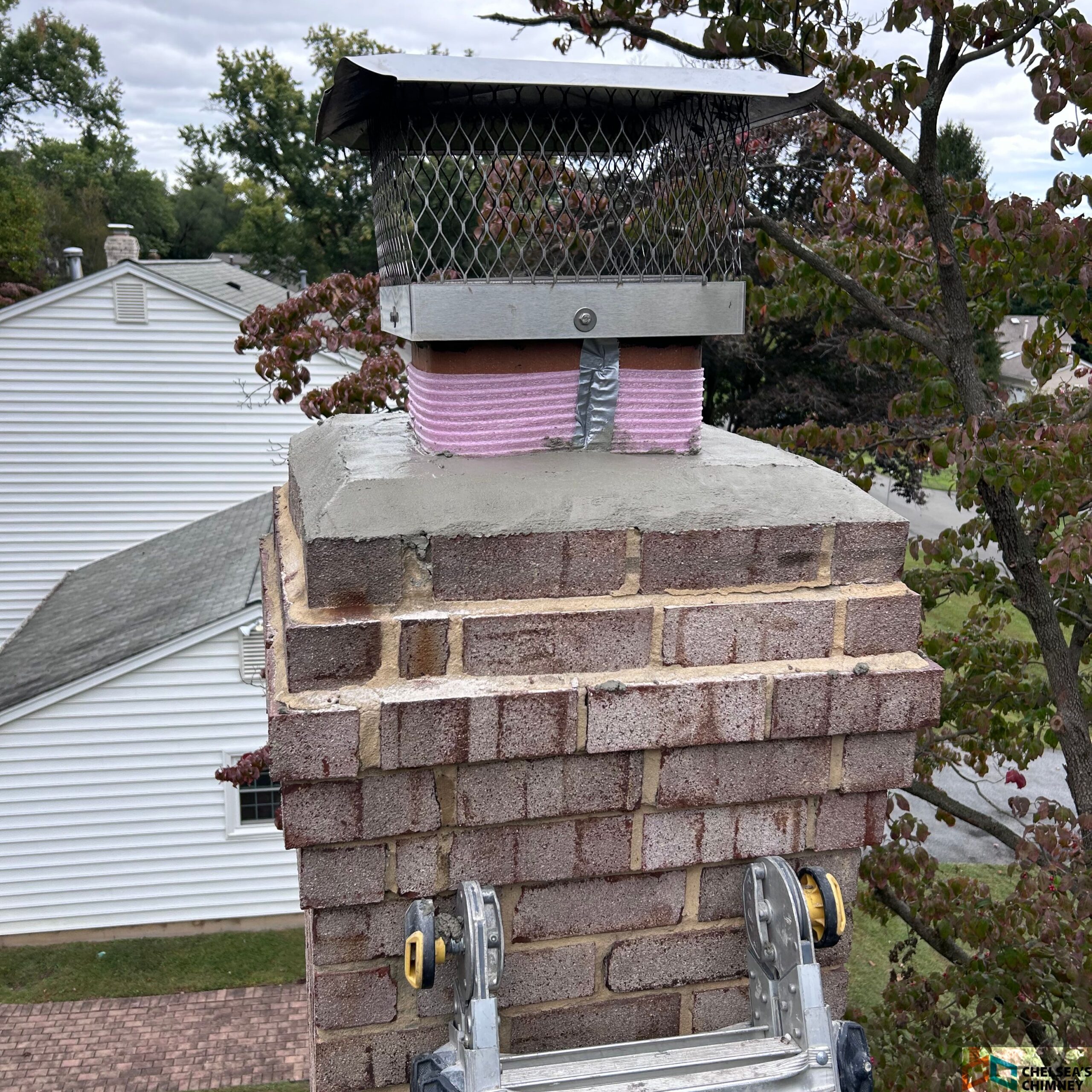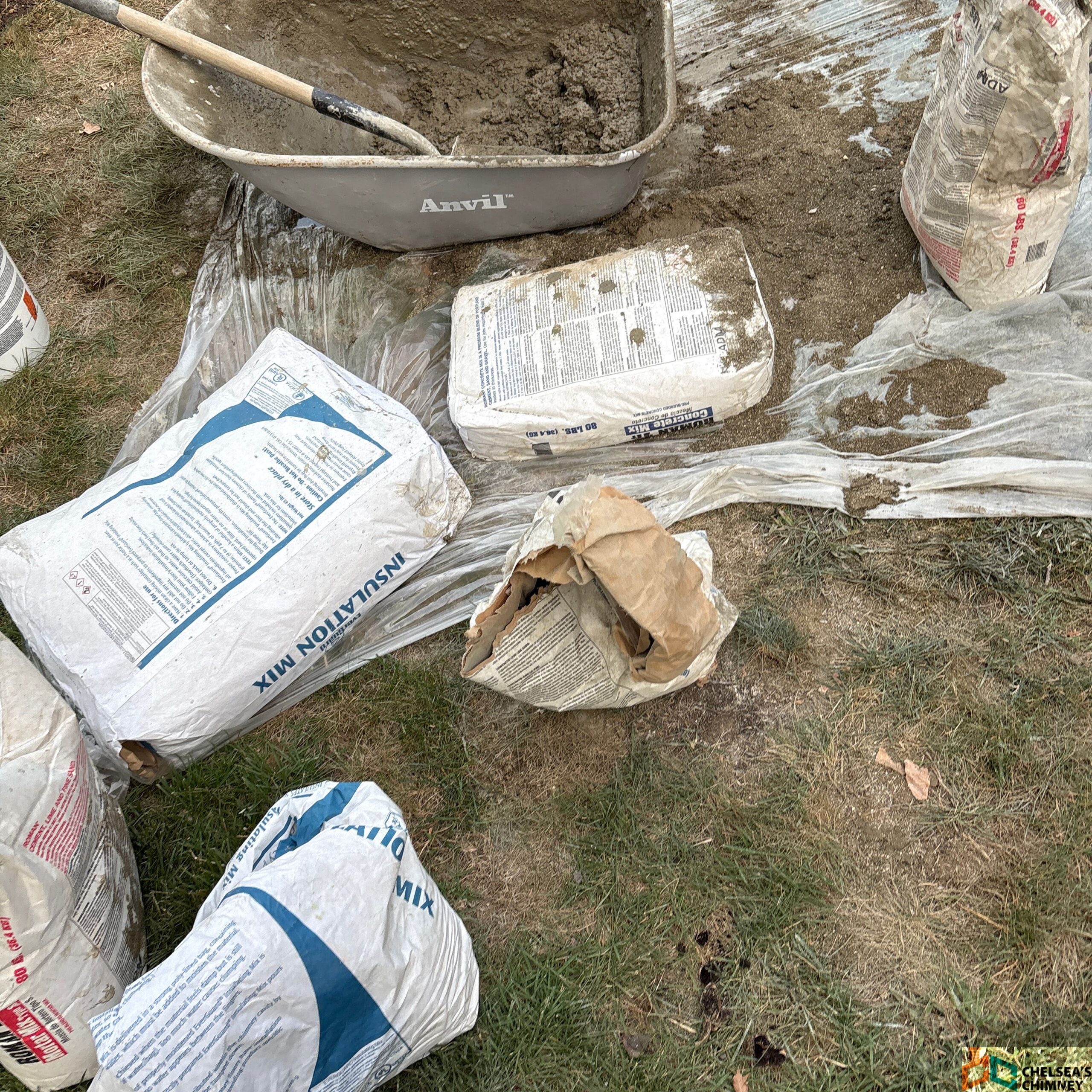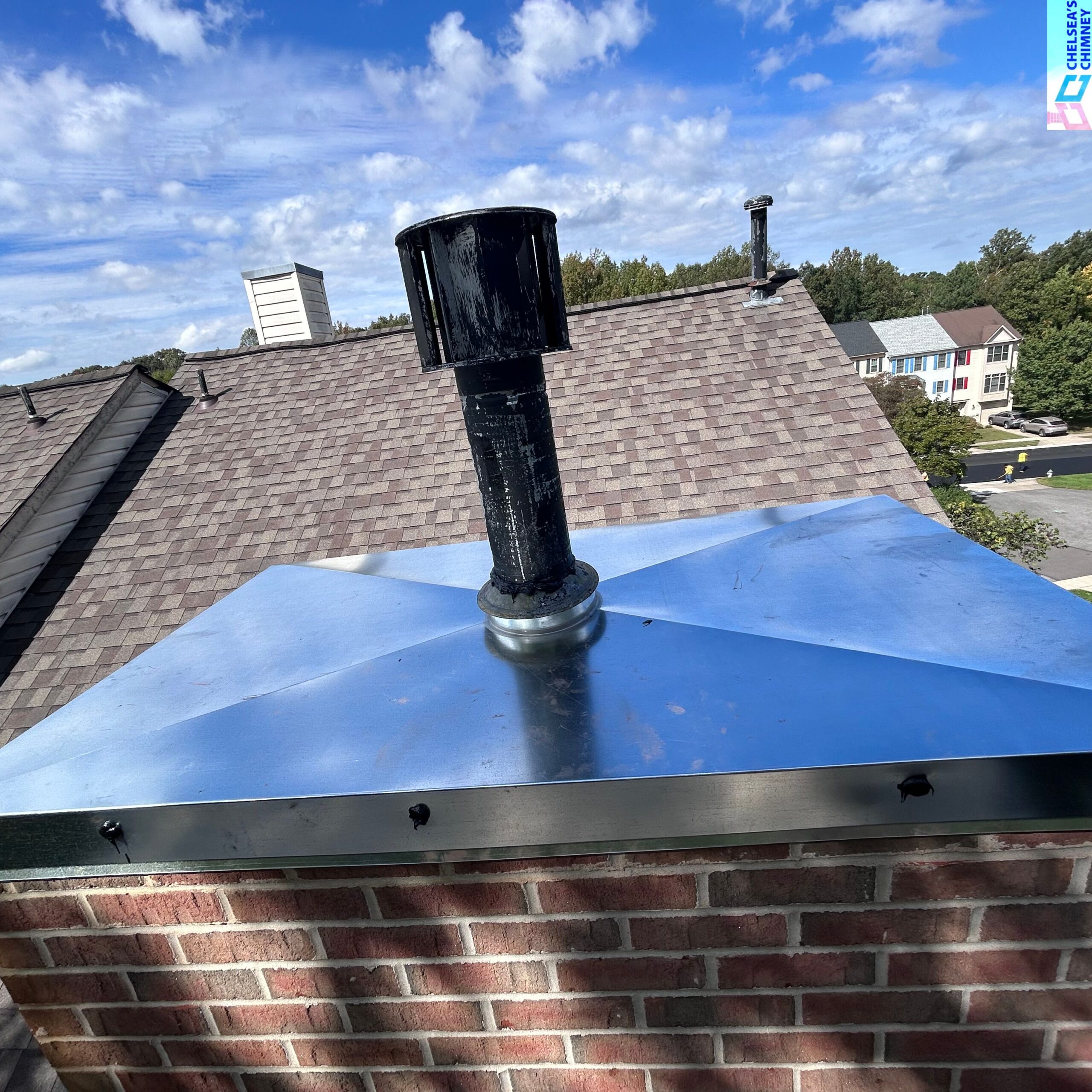Protecting Your Chimney: Weather Impacts on Fireplaces and Prevention Strategies
Fireplaces provide warmth and comfort. However, weather can significantly affect chimney and fireplace condition.
Cold winters cause the freeze-thaw cycle, which can damage chimney structures. Moisture seeping into cracks can freeze and expand.
This expansion increases pressure on masonry, leading to brick cracks and mortar deterioration. A weakened chimney poses smoke and gas leakage risks.
Significant rainfall can exacerbate these effects. Heavy rain can infiltrate through damaged flashing, worn chimney caps, or cracks.
This moisture accumulation accelerates brick and mortar deterioration, weakening the chimney. Stagnant water creates conditions for mold and mildew growth.
Homeowners can implement several strategies to protect their chimneys from weather-related damage. Scheduling regular inspections with Chelsea’s Chimney is crucial.
Experienced technicians can assess chimney condition and identify vulnerabilities, recommending necessary repairs to prevent small issues from escalating.
Investing in a high-quality chimney cap is also essential. A durable cap protects against rain, snow, and debris while allowing ventilation.
Chimney caps prevent water pooling and reduce freeze-thaw damage likelihood. Ensuring intact chimney flashing is critical for preventing leaks.
Homeowners should regularly inspect flashing for signs of wear or damage and seal any gaps. Waterproofing treatments enhance chimney moisture resistance.
Maintaining the fireplace is vital as well. Regular cleaning of the fireplace and chimney removes soot and creosote buildup.
This improves airflow and reduces fire hazards within the home.
In conclusion, weather can significantly affect chimney and fireplace. Partnering with Chelsea’s Chimney in Olney, MD ensures safe, functional chimneys in winter.
Implementing protective measures keeps chimneys ready for use. Regular inspections, quality caps, intact flashing, and maintenance are key components of effective protection.




